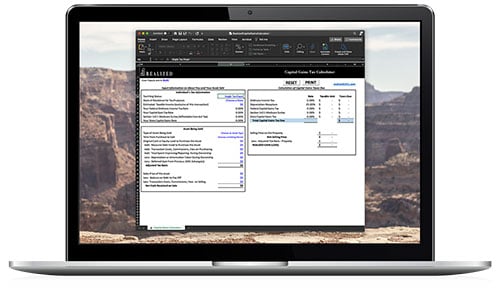
An important factor to consider is depreciation recapture. Agricultural equipment is subject to depreciation, which reduces the item's taxable value each year. Upon sale, if the sales price exceeds the depreciated value, the IRS considers this as recapture of depreciation, which is then taxed at a higher ordinary income rate rather than the preferential long-term capital gains rate. This can significantly impact the financial outcome of the sale and should be a crucial factor during tax planning.
Tax Deferral Strategies: The 1031 Exchange
For those looking to defer capital gains taxes on agricultural equipment, a 1031 Exchange can be a viable strategy. Although traditionally associated with real estate, a 1031 Exchange can be used to swap similar business-use or investment-use properties — including some types of agricultural equipment — for other qualifying assets, allowing the owner to defer capital gains taxes. It's important to note that changes in tax law have restricted the use of 1031 Exchanges for personal property, but certain kinds of business equipment might still qualify.
Navigating the Sales Process
When contemplating the sale of agricultural equipment, accurate record-keeping is essential. This includes maintaining detailed purchase and improvement records, as well as logs of depreciation expenses over the years, in order to calculate the adjusted basis correctly. Tax regulations are intricate, and discrepancies can lead to costly disputes with the IRS.
Consult a Tax Professional
Given the complexities involved with capital gains taxes and depreciation recapture, consulting a tax professional well-versed in agricultural assets can be invaluable. They can provide tailored advice, help structure transactions effectively, and ensure compliance with current tax laws, ultimately aiding in the optimization of financial outcomes from the sale of agricultural equipment.
While capital gains taxes might seem daunting, strategic planning and proper guidance can mitigate liabilities and enhance financial returns. By understanding the role of depreciation, considering tax deferral strategies like the 1031 Exchange, and keeping meticulous records, investment property owners can navigate the sale of agricultural equipment more effectively. In a landscape where tax regulations are ever-evolving, remaining informed and proactive is key to making sound financial decisions.
Capital Gains Taxes on Agricultural Equipment Sales
Navigating the world of capital gains taxes can be complex, particularly when it involves the sale of agricultural equipment. For investment property owners, understanding the implications of these taxes on agricultural assets is critical to maximizing financial returns and ensuring compliance with tax regulations.
Understanding Capital Gains
At its core, a capital gain arises when an asset is sold for more than its original purchase price. When applied to agricultural equipment, the asset's adjusted basis — its purchase price plus any improvements or adjustments and less depreciation — is subtracted from the sales price to determine the gain. This gain can be classified as either short-term or long-term, depending on how long the equipment was held before being sold. Short-term capital gains, for equipment held under a year, are taxed as ordinary income, while long-term gains, applicable when the equipment was held over a year, benefit from reduced rates — typically 0%, 15%, or 20%.


